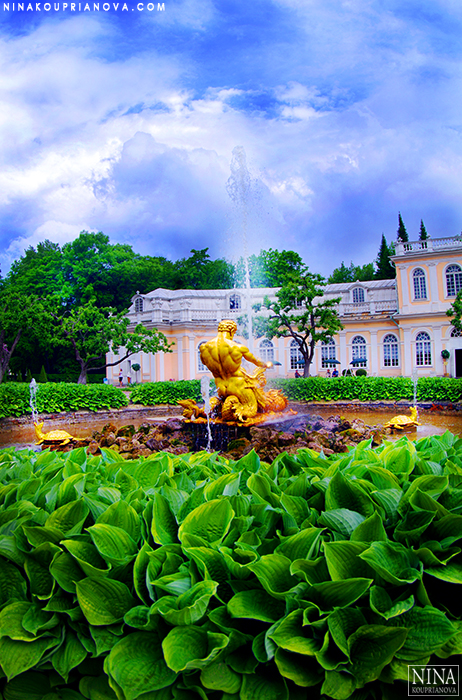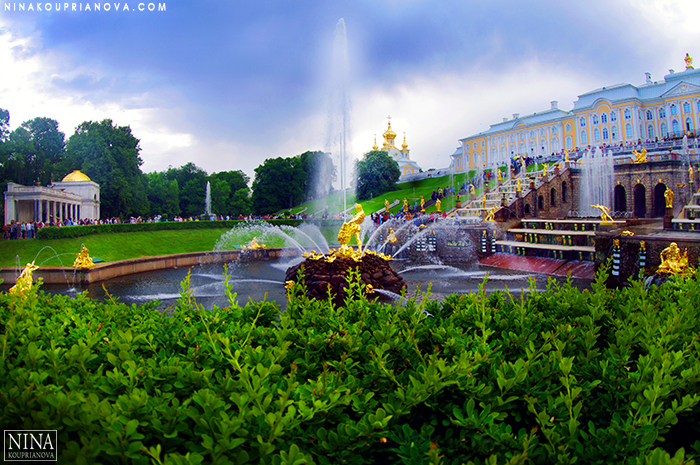The thing about returning to this Rocky Mountain paradise from Asia or Europe is not the lengthy flights with multi-hour layovers (which could get quite pesky), but the fact that it—this paradise—is not.
Is not home, that is.
There is one caveat, of course: solitary hikes amidst northern Nature do feel like home. But this is the case just about anywhere for me. And so, this little town next to a mountain, this little town that I do like quite a bit, does not feel like home.
Unsurprisingly, I've lost that feeling almost completely long ago when I graduated college and left my parents' house, though even there, in the Canadian prairies, it wasn't quite right.
It feels right in Moscow, my birthplace.
And in St. Petersburg.
But it's been a long time since I've lived in Russia, far too long, and things have changed. So much. And so, if I were to relocate to a place that I think would feel like home, it might not—likely, will not—feel like home for quite some time.
This is the plight of rootless cosmopolitans, like me, whose parents opted for immigration, even if for entirely legitimate reasons.
What does all of this have to do with Japan? It sounds contrived, but the old trope about discovering oneself in a foreign country is accurate. The Land of the Rocking Samurai (as I've always called it) shows me my limits, my comforts zones, tells me when it's too late, and when "too late" is a good thing. Japan emphasizes what—and whom—I miss, and what (who) doesn't even register on my radar.
Beyond intense self-analysis, there are, of course, some of the most generous and wonderful people I've ever met (despite a time or two when the Japanese strike me as being too reserved by my too-open Slavic standards!), whose number seems to grow. And then there is Nature, the main reason for my travels, including certain wildlife specimens whom most would take for granted—ravens and crows.
Like this new friend of mine in Shinjuku Gyoen (again! of course!).
Isn't he gorgeous?

